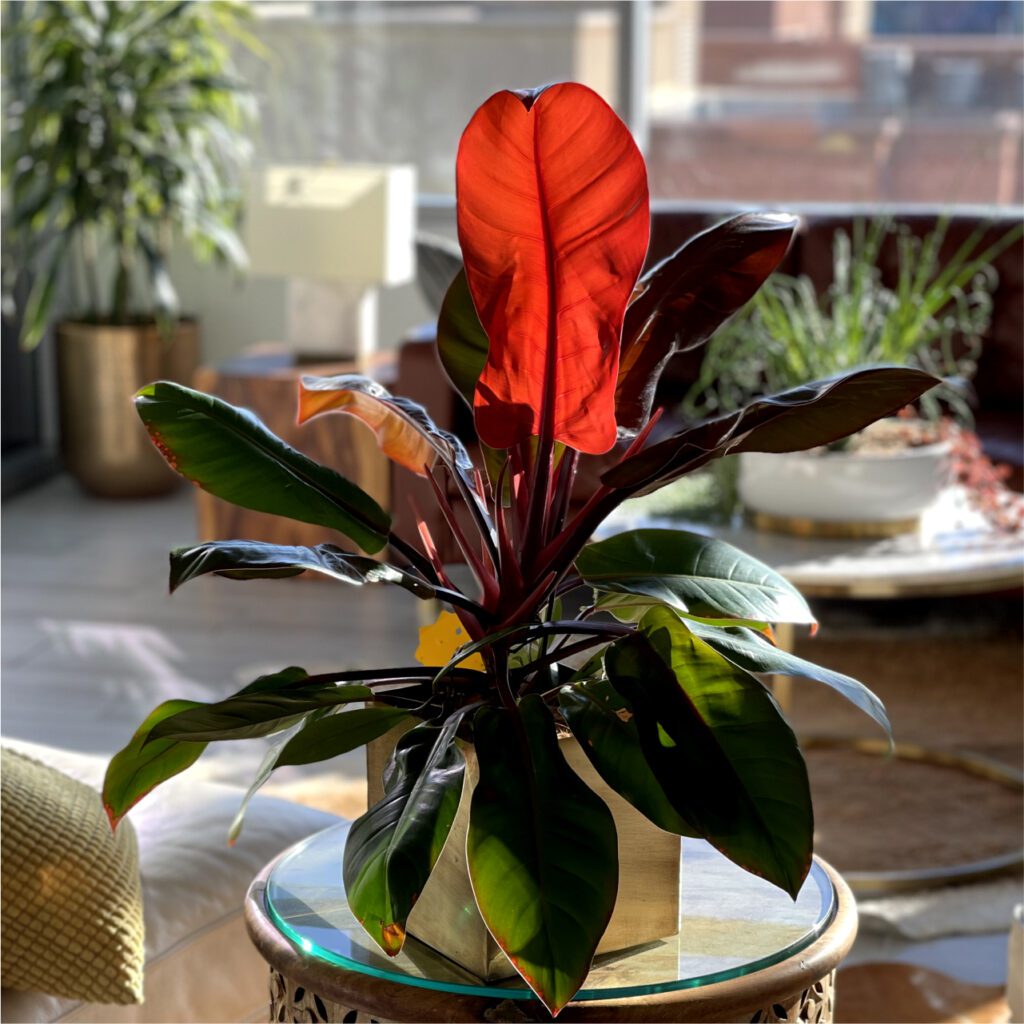Traveling on vacation or for the holidays can be an overwhelming and stressful time for anyone! There are many things to remember, keep track of, and plan for, while you are away. And if you are a proud plant parent, leaving your plant bambino’s home alone can be the biggest travel concern of them all.
Unfortunately, many people don’t always think about their plant babies when they are planning a vacation. But your house plants are an essential part of your home and to some, an extension of your family. Plants can not only help improve air quality but also can help to relieve stress, and can enhance the look of any space.
Whether novice or plant parent, no one wants to return from traveling to a home filled with perished plants. So, if you are going to be away from home for a while, don’t worry, theplantblogger.com will help you keep your plants alive! In this blog post, we will provide you with our favorite tips and tricks to prepare your house plants for your absence.
How to prepare your houseplants for when you are traveling or away
If you are like me, it can be tough to leave your beloved house plants behind when you go on vacation. But with a little bit of proven preparation, you can ensure that your plants will stay healthy and happy while you’re away.
The three simple preparation steps to keep your plants alive:
- Pest Inspection
- Proper Placement
- Watering Essentials
Pest Inspection
The only thing worse than dead houseplants is houseplants infested with pests. It’s better to catch these tiny intruders as soon as possible, for they can quickly wreak havoc on plants. If you think your plant has been invaded, there are a few tell-tale signs to look for.
- Look for small holes, marks, or discoloration of the leaves, which can be caused by aphids or other sucking insects.
- You may also see sticky residue on the leaves, or container which is typically a sign of scale or mealybugs.
- Another clue that your plant has pests is if you see small webs or cocoons around the stems or leaves. Which is usually an indication of spider mites.
Getting rid of pests
If you suspect your plant has pests, there are a few things you can do to get rid of them.
First things first
Immediately spray the infested plant with a natural insecticide solution or pesticidal soap. There are lots of choices available, but I encourage you to check out my all-in-one Natural Go-To solution below.
Heavily infested plants
Move the plant away from other plants in your space. Place the infected plant into a quarantine area or makeshift greenhouse like a clear plastic bag and spray it with a pesticide solution.
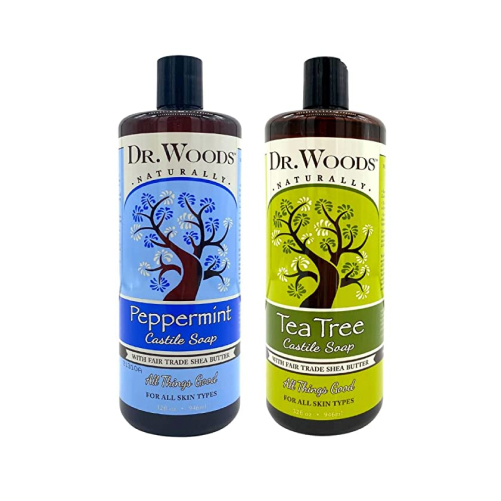

https://amzn.to/3XlB5ZP
My Natural-Go-To pesticide and fungicide wash for houseplant pests.
In a 1/2 gallon spray bottle add:
- 1/4 cup Dr. Woods Peppermint Castile Soap – Kills Adult Pests, larvae, and eggs
- 1/4 cup Dr. Woods Tea Tree Liquid Castile Soap – Kills Adult Pests, larvae, and eggs
- 1/8 cup of 70% Rubbing Alcohol solution – Kills Adult Pests
- 1/8 cup Hydrogen Peroxide – Kills Fungus
- 15 drops of Cinnamon Essential Oil – Helps repel new bugs
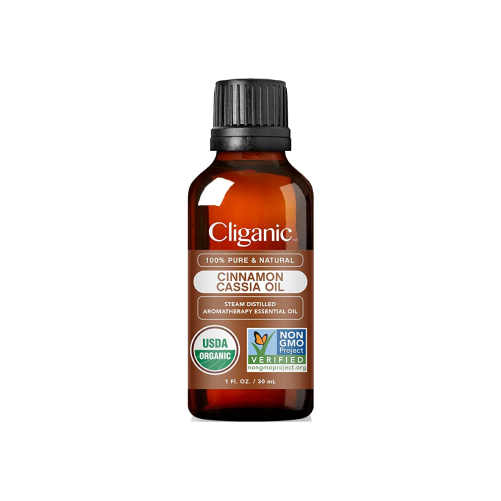

https://amzn.to/3Oxcwox
Fill the remainder of the bottle with distilled water, and mix well. Next, Spray leaves and all parts of the plants, including the plant’s soil with the solution. Repeat weekly until the plant is pest free.
Proper Placement
When traveling away from home, a lot of people tend to close their blinds or curtains in the process of “locking things down”. While this will secure your home from people peeking in, it may also starve your plants of much-needed light.
Being mindful of your plant’s lighting requirements, like how most tropical plants require bright indirect sunlight. Make sure to place them in a spot where they will still get plenty of indirect sunlight. Moving plants into full direct sunlight when they normally require indirect light, may cause them to burn.
Being gone from your home for a while can provide your plants with great opportunities to soak up the photosynthesis energy they need from prime, well-light environments. How so, you may ask? It’s simple since some well-lighted areas are reserved for foot traffic when you are actively living in your home, consider placing your plants in these prime locations so that they can benefit from optimal lighting while you are away. These optimal plant spots may not always be the most ideal locations for you when you are home, however, these temporary placements can provide your plants a sustainable influx of light and peace of mind for you when you’re away. They can easily be put back in their original spots when you return home. Some examples of “prime” plant lighting spots can include areas along sliding glass doors or windows reserved for open views.
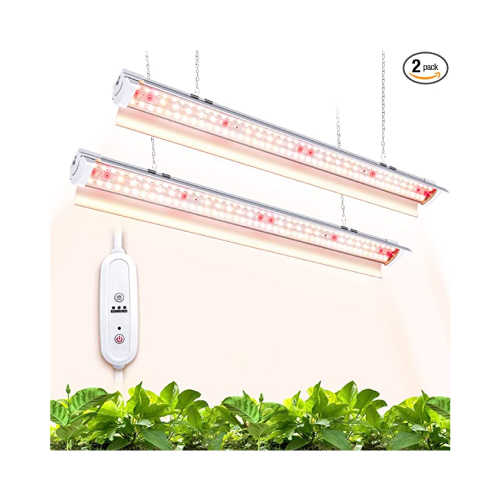

https://amzn.to/3OuOESw
Lastly, if playing musical chairs with your plants is not your thing, don’t let it cast a shadow on your vacation plans. As an alternative to the above-described solution, consider setting up a LED grow light. LED grow lights require little energy and put off very little heat. This step will give your bambinos a chlorophyll boost without disrupting the normal zen flow of your space. And who knows, you may decide to keep the grow light year-round.
To learn more and for help with grow lights, please see my article:
GROW LIGHTS: WHY, WHEN AND HOW TO USE THEM
This added effort will help your plants stay healthy and vigorous while you’re away!
Watering Essentials
While it seems obvious, watering your plants can easily be forgotten in the mad dash of travel preparation. The following will help prepare you as well as your plants for your time apart.
Pot Size
Before leaving on your fabulous vacation, it is important that you ensure your plant is housed in a large enough container along with enough potting soil as this will be crucial to your plant’s survival. The healthy container-to-potting soil ratio will give your plant the ability to withstand longer periods of time without water better than a plant living in a container that is too small. If your container is too small and you do not have enough soil, the roots will expand and run out of nutrients and the moisture in the soil will be consumed too quickly, and you will be returning to a dead plant. A general rule of thumb I like to use is to go one size bigger than the current container size. Or you can also ask for advice at your local nursery.
If you’re not sure about your current pot-to-soil ratio, simply make sure your plants are not rootbound and have an appropriate amount of potting medium around their roots. If in doubt consider re-potting them before your travels, it’s better to be safe than sorry.
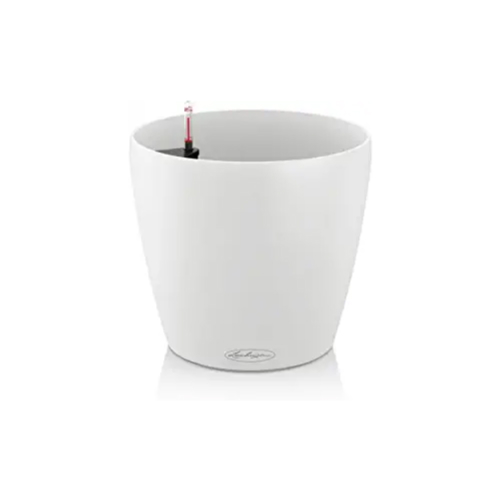

https://amzn.to/3XpO8cq
When repotting your plants, also consider a container with a self-watering system. These planters are great, I use them whenever possible. They have a self-watering system that consists of a water reservoir built into the bottom of the container. This reservoir will give the plants a place to find water without causing root rot.
See my article:
GET THE DIRT ON POTTING SOIL: WHAT YOU NEED TO KNOW FOR HEALTHY INDOOR PLANTS!
A New Watering Schedule
Next, adjust the watering schedule to strengthen the plant’s resistance to drought and prevent shock while you are away. Space out the last few waterings before your trip 3 to 4 days longer than normal. In essence, if your normal watering schedule is every 7 days, water them every 10-11 days.
Keep in mind when watering after a drought, you will need to soak the plant’s soil thoroughly and immediately after you return! Heavily water your pot until the water is able to run out of the bottom drainage holes. Also, allow the container to remain sitting in the water of the drainage tray before dumping out the excess H2O. This will properly rehydrate the plant and you will be able to resume your regular watering schedule.
Top Dress the Soil
Covering the soil of your houseplants with a breathable natural material like coco coir or wood chips also helps to retain moisture in between waterings.
Learn more about top dressing here:
TOP-DRESSING PLANTS: HOW TO SUPERCHARGE LOOK AND GROWTH
Hire a Plant Sitter
Lastly, If you are away longer than the plants can go without water, consider hiring a plant sitter. This can be as complex as a professional indoor maintenance service or as simple as setting up a watering schedule with a friend or neighbor. Whether you hire a professional service or a friend to do so, be thorough in communicating your regimen to avoid any unnecessary issues, especially with the plants and your friends. Instruct the care person to not water wet soil and only water when the soil is dry. Also, leave a water bottle or water container out with written instructions.
These simple steps will ensure the livelihood of most plants while you are away with the exception of:
- Air plants or plants that don’t require soil to hold moisture will not fall into this category.
- Cacti and succulents can easily endure drought and will not need any watering adjustments.
- If you are traveling in the winter your plant will require less water and can go for longer periods without water as long as you don’t overheat your place.
- If you are traveling during warmer months or during a particularly hot day, your houseplants may require more water and attention.
Thank you for reading my blog! Have a wonderful vacation and stress-free travels knowing your plant bambinos will be home and safe!
With a little bit of planning, you can ensure that your house plants will thrive while you’re on vacation. So relax and enjoy your trip – knowing that your plants are in good hands.
